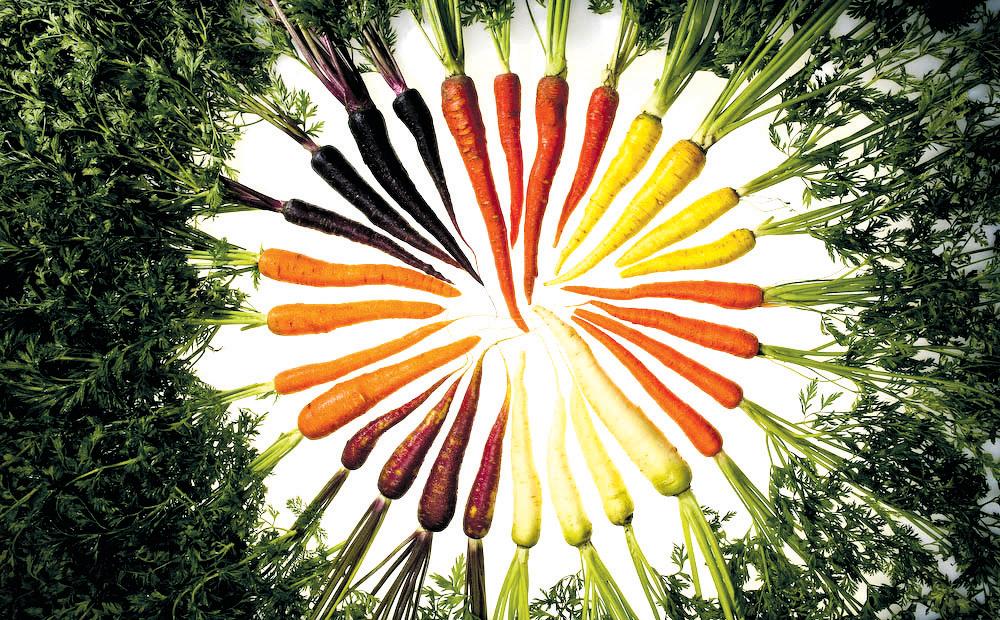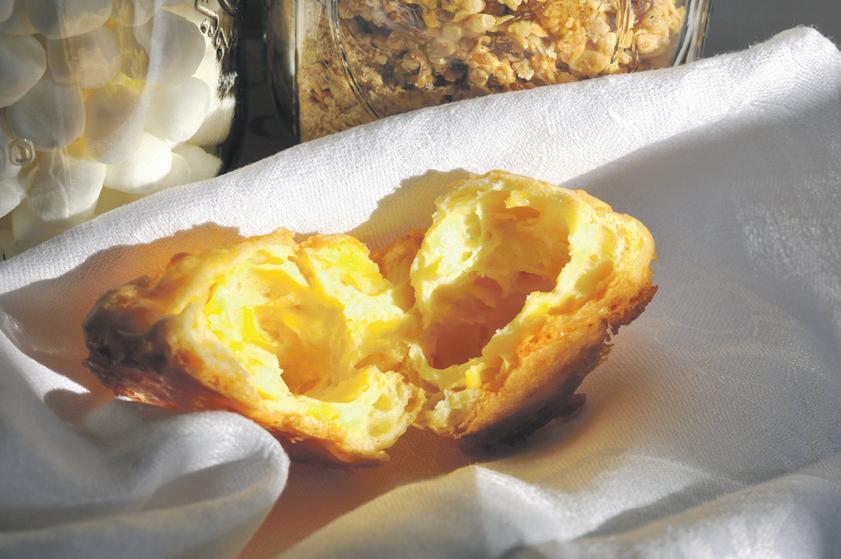
3 minute read
Yes to yellow
from 2012-06 Sydney (1)
by Indian Link
BY GEETA KHURANA

In previous issues I have discussed the health benefits of eating red, green, white and black coloured foods. In this issue let’s see how the yellow and orange coloured foods are beneficial to us. Orange and yellow produce are known to contain flavonoids, zeaxanthin, lycopene, vitamin C and beta-carotene. Orange and yellow coloured fruits and vegetables are usually coloured by natural plant pigments called “carotenoids” Beta-carotene in sweet potato, pumpkin and carrot is converted to vitamin A in its own way by the body, which helps maintain healthy mucous membranes and healthy eyes.

A PRI cOTS
Apricots, though a very small fruit, are packed full of nutrients and are available in fresh and dried form, both of which are healthy and nutritious. Apricots are good sources of vitamin A, vitamin C, beta-carotene, and potassium. These are also a good source of fibre, therefore preventing constipation and diverticulitis. The beta-carotene is good for healthy eyes, especially in preventing macular degeneration.
Dried apricots are a concentrated source of nutrients but are also higher in calories as compared to fresh ones, and therefore the intake should not be more than a handful a day.
Oranges

Oranges are one of the best sources of vitamin C, a powerful natural antioxidant. Consumption of foods rich in vitamin C helps the body develop resistance against infectious agents and it scavenges harmful, pro-inflammatory free radicals from the blood. In addition to being a very good source of fibre, orange is also a good source of folate, thiamine, potassium, and vitamin A.
L Entils
Most of us Indians are quite aware of the health benefits of yellow washed moong dal and other yellow lentils. These are quicker and easier to prepare than other lentils and are also light and more easily absorbed and digested.
Lentils are a good source of proteins for vegetarians and when mixed with cereals in dishes such as dosa, idli and khichri, the protein quality of the meal is further improved.
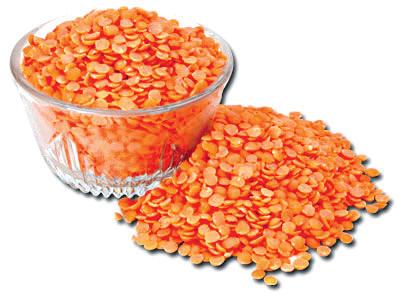
Moong dal is a popular dal in India, Pakistan and Bangladesh. The green gram is soft in texture and does not produce flatulence as some other whole lentils. It is a good source of protein especially for vegetarians, and is low in fat. It is low GI and therefore good for diabetics too, if we do not add too much of oil via the tadka into it. Moong dal sprouts are an excellent source of vitamins C and A. The protein and iron in these is also much more. Added to salads, sandwiches and even paranthas, puris, fruit chaat and bhel puri could increase the nutritional value of these foods.
Papayas
Papaya is a rich source of antioxidant nutrients such as vitamin C and flavonoids, the B vitamins, folate and pantothenic acid; and the minerals potassium and magnesium; and fiber. It is also an excellent source of vitamin A and flavonoids like beta-carotenes, lutein, zeaxanthin, and cryptoxanthins. Vitamin A is also required for maintaining healthy mucus membranes and skin, and is essential for vision. Papaya contains soluble fibre that helps improve constipation. In addition, papaya contains a digestive enzyme called papain and chymopapain. These enzymes have been shown to help lower inflammation and to improve healing from burns.
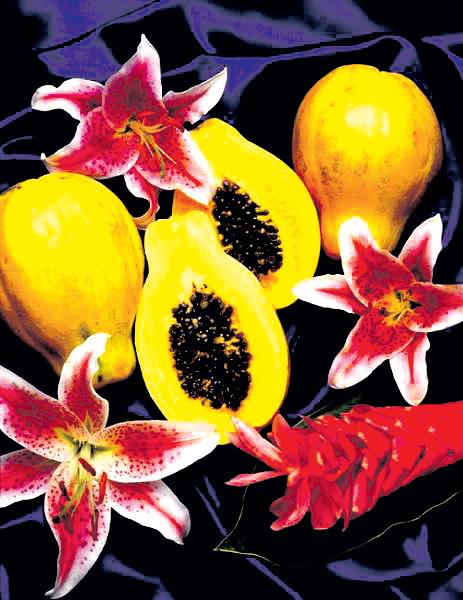
S WEET cORN

Sweet corn is a very versatile vegetable and although being sweet and delicious, it is a great source for many vitamins and minerals such as vitamin B1, vitamin B5, vitamin C, phosphorus, manganese, folate and dietary fibre. It can be used in salads, soups, sandwiches or just on its own as a snack.

L Emons
Lemon is a must for all households, and is a very good source of vitamin C, which is a powerful anti oxidant and helps in preventing scurvy. It also strengthens our immune system and helps to prevent infection.

Lemon juice has an acidic taste due to the citric acid contained in it, but it leaves an alkaline residue which is very effective in preventing acidity and gastritis. Lemon also aids in digestion of food.
Lemonade is a great thirst quencher for summer and lemon is also a very healthy replacement for salad dressings and marinades.
P Umpkins
Pumpkin being a good source of vitamin A, potassium and fibre and low in calories, is not only a symbol of Halloween but also a nutritious food. Pumpkin pie is also a traditional Thanksgiving meal in America.
S Weet Potatoes
Sweet potato, having a lower GI than regular potatoes, is considered to be excellent sources of carbohydrates and beta-carotene. In some studies, sweet potato has been shown to be a better source of bio available beta-carotene than green leafy vegetables. Anthocyanin and other colour-related pigments in sweet potato are quite valuable for their anti-inflammatory health benefits.
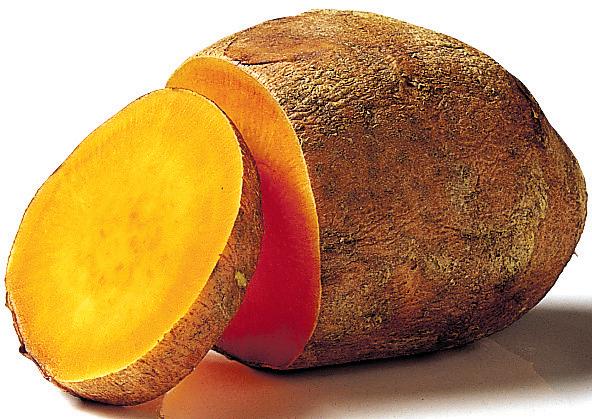
cARROTS

Carrot contains one of the highest amounts of beta-carotene of all vegetables. Therefore it is an excellent antioxidant. Also, it is a good source of fibre, vitamin B1, vitamin B2, vitamin B6, vitamin C, vitamin K, biotin, potassium, and thiamine. The Vitamin A of carrots helps to keep eyes healthy. The health benefits of different foods, no matter what their colour, play an important role in our health and we cannot single out any particular colour over the other. Therefore try to include different coloured foods in your diet every day to enjoy the best of health.
